‘Sympathy For The Devil’: The Story Behind The Rolling Stones Classic
Borne amid a period of great political strife, the song was a study of the dark side of humanity.
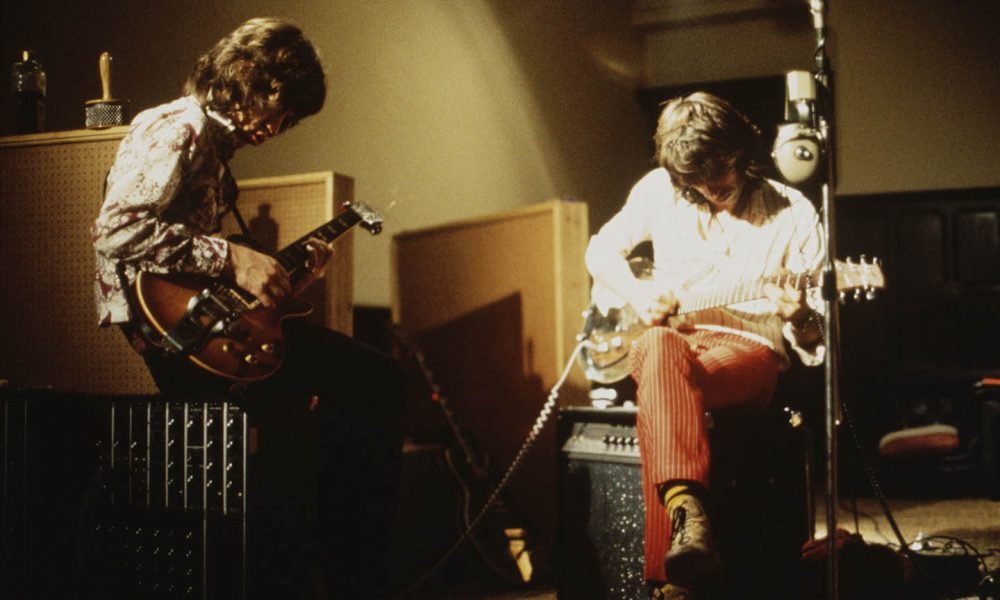
In tracing the origins of The Rolling Stones’ fiendishly epic 1968 track, “Sympathy For The Devil,” one must look back to the unlikely setting of the 1930s Soviet Union, and a country suffering under the brutally repressive regime of its Communist dictator, Joseph Stalin.
For it was here, in an age of great censorship where political dissidents faced execution, that author Mikhail Bulgakov would write his complex Menippean satire, The Master And Margarita. It was a novel that grappled with the notions of good and evil, juxtaposing a story about The Devil visiting the contemporary, atheistic Soviet Union with another about the condemnation of Jesus Christ in Jerusalem.
Browse The Rolling Stones’ music on limited edition vinyl or CD now.
More than a decade in the making, the book was barely finished when Bulgakov died in 1940, and was therefore not published. Finally, an abridged version was printed in a Soviet literary magazine in 1967, whereupon a manuscript was smuggled out to Paris, where its first edition was eventually published. One copy of The Master And Margarita was to make its way to London, and into the hands of singer Marianne Faithfull, who in turn passed it onto her boyfriend, Mick Jagger.
The context
For the Stones, 1967 had been a tumultuous year. That February, police had raided Keith Richards’ Sussex home, and charged the guitarist and Jagger with drug offenses. The resulting trial in June concluded with them both being sentenced to jail – Mick was to serve three months, Keith a whole year. Thanks to a tremendous show of public and media support, the pair were released after only one night, but the ordeal was significant and its impact immeasurable.
Musically, they’d begun the year with the glorious proto-psych pop album Between The Buttons and its double A-side single “Let’s Spend The Night Together”/“Ruby Tuesday,” but by the time the Summer of Love rolled around, the Stones were in a decidedly darker place. Mick and Keith had endured the weighty pressure of their impending trials, while guitarist Brian Jones – who was facing his own drug charges – watched as his girlfriend, Anita Pallenberg, left him for Keith.
Their next album was made throughout those months, and it sounded very much like its creators had indeed been distracted. Their Satanic Majesties Request is now rightfully considered a classic of the psychedelic era, but at the time, arriving six months after The Beatles’ masterpiece Sgt. Pepper, it was largely derided. Many felt the trippy experimentations had deviated too far from their established blues rock style.
The dawn of 1968, therefore, must have presented Jagger with a sense of renewal. Able to enjoy a modicum of relative domestic bliss, it was through Marianne that Mick was introduced to great literary works. “I was educating myself,” he said. “I was reading a lot of poetry, I was reading a lot of philosophy.” Mixing up lyrical ideas inspired by The Master And Margarita and the French Decadent poet Charles Baudelaire, that spring, Mick began composing an acoustic folk song that would soon take on a savage new form.
The song
“The first time I ever heard the song,” remembered drummer Charlie Watts, “was when Mick was playing it at the front door of a house I lived in in Sussex. It was at dinner; he played it entirely on his own, the sun was going down – and it was fantastic.”
In what he’d originally titled “The Devil Is My Name,” Mick had crafted a dark, sinuous tale in which the Devil – presented here as a sophisticated socialite (“a man of wealth and taste”) – claims responsibility for a string of historical atrocities including the downfall of Christ, the Hundred Years War, the Russian Revolution, World War II, and the assassination of JFK. Its bleak outlook seemed to reflect the landscape in which it was created – war was raging in Vietnam, with protests spilling into streets around the world (Jagger had joined the anti-war demonstration in London that March), Czechoslovakia was seeking to sever its Soviet stranglehold as Poland fought its communist rule, and French students launched a series of campus uprisings, while in America, Martin Luther King’s assassination had sparked riots across the country. Revolution was explicitly in the air.
“It was a time of turmoil,” confirmed Keith Richards. “It was the first sort of international chaos since World War II. And confusion is not the ally of peace and love. You want to think the world is perfect… [but] you can’t hide. You might as well accept the fact that evil is there and deal with it any way you can. ‘Sympathy For The Devil’ is a song that says, Don’t forget him. If you confront him, then he’s out of a job.”
The recording
Inspired by the political upheavals in London, the pioneering French New Wave director Jean-Luc Godard had opted to film his new movie in the city. As part of the ‘creation’ theme of the film, Godard had arranged to capture The Rolling Stones in Olympic Sound Studios. His timing was perfect; what he filmed in that first week of June was the complete and radical evolution of “Sympathy For The Devil.”
First we see Jagger lazily strumming his acoustic guitar, teaching the slow-paced song to Brian Jones, before it’s picked up by the band – augmented by Nicky Hopkins on organ – and gradually developed through a series of rhythmic trials over the next few days. A reported 32 takes were made of the pensive folk version, wherein at some point, Keith had switched to playing bass, with Bill Wyman moving to percussion, and Brian’s acoustic guitar made barely audible. Having hit upon a samba groove, they enlisted Ghanaian percussionist Kwashi “Rocky Dijon” Dzidzornu to bolster Charlie’s drumming with some suitably persistent congas.
“That to me is the beauty of recording, of going to a studio,” Keith said. “You go in with some sort of semi-conceived idea of what you think this song is supposed to come out like, and it comes out something totally different because it’s been filtered through all of the other guys in the band.”
Suddenly, driven by this hypnotic, trance-like beat, the song’s wickedness had been brought to the fore, instilled with the tragedies that still unfolded as it was being constructed. Robert Kennedy was assassinated in Los Angeles on June 6th, immediately causing Jagger to pluralize his lyrics: “I shouted out, ‘Who killed the Kennedys?’ / When after all, it was you and me.”
The ominous, hooting backing vocals were a suggestion of Pallenberg’s, who joined Keith, Charlie, Bill, Brian, and Marianne in a chorus of “woo-woos” around a shared microphone. A final overdub was the great, blistering guitar solo, courtesy of Keith and his Les Paul Black Beauty, perfectly manifesting the song’s fiery spirit.
The release
The album Beggars Banquet was released on December 6th, 1968, hitting the Top 5 in the US and UK. The raw, rocky songs testified to the Stones’ stylistic reversal, which saw them rediscover and deftly explore their blues roots, but it was the opening track, “Sympathy For The Devil,” which garnered the most attention.
Subversive from their inception, the Stones had long endured accusations of moral corruption from the press and religious leaders. But with “Sympathy For The Devil” following so closely behind Their Satanic Majesties Request, detractors were quick to suggest the group had aligned themselves with the occult. “I thought it was a really odd thing,” Jagger later said, “because it was only one song, after all. It wasn’t like it was a whole album, with lots of occult signs on the back. People seemed to embrace the image so readily.”
The association itself, however, wasn’t so far-fetched. Jagger would adopt a demonic persona for his starring role in Performance, which was filmed soon after “Sympathy For The Devil” was completed, and he later collaborated with American occultist and filmmaker Kenneth Anger. Meanwhile, with Anita said to be dabbling in witchcraft, her partner Keith seemed to enjoy flirting with dark imagery. “It’s something everybody ought to explore. There are possibilities there,” he’d later reflect. “All these things bunged under the name of superstition and old wives’ tales. I’m no expert in it. I would never pretend to be, I just try to bring it into the open a little.”
“Sympathy For The Devil” would later be covered by other artists eager to covet the Stones’ diabolical notoriety – Ozzy Osbourne, Motörhead, and Guns N’ Roses would all attempt to recreate the song’s sinister energy – but the original remains unsurpassed. Today it remains the group’s seventh most-played song in concert, often accompanied by flaming visuals and Jagger draped in scarlet hues – a reminder of the track’s role in forever defining the outrageous reputation of rock and roll’s baddest boys.
Browse The Rolling Stones’ music on limited edition vinyl or CD now.




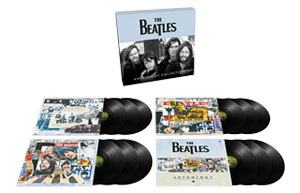

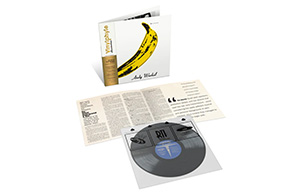
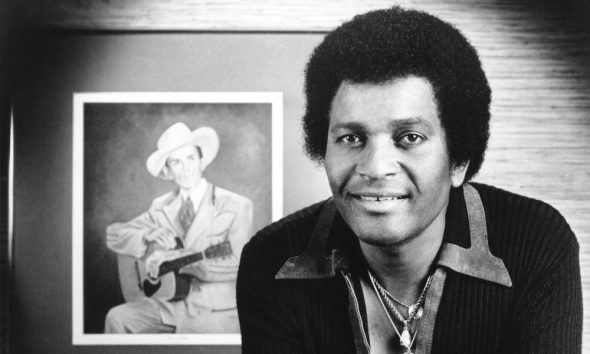
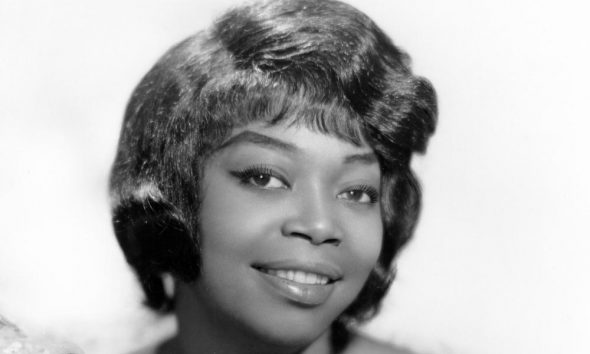

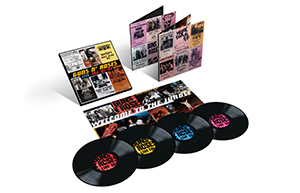

Liz
December 17, 2023 at 4:51 am
Ever relevant. A masterful song which says it all about evil. It comes well dressed.